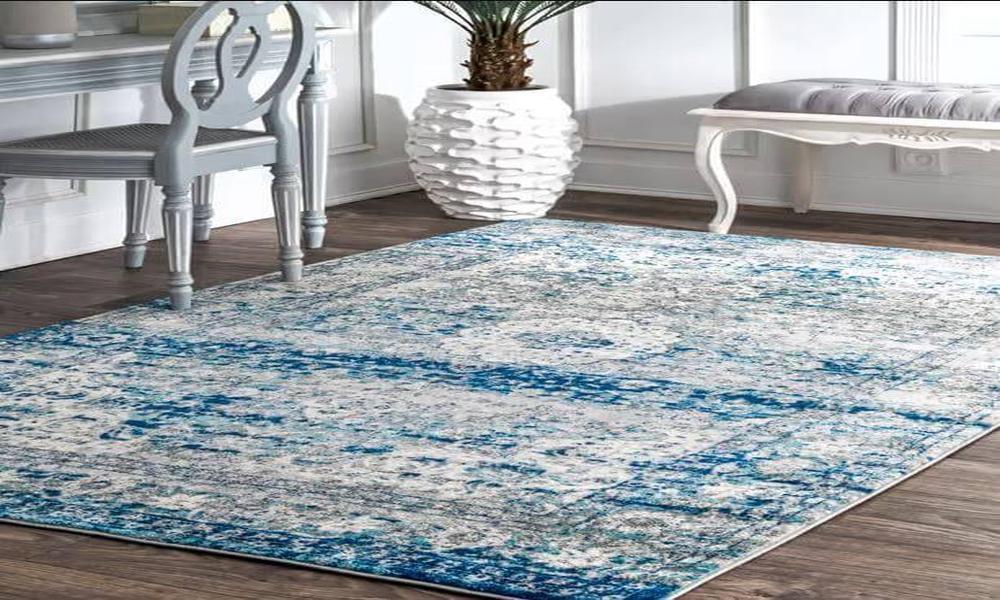If you’re in the business of selling home decor or furnishings, ignoring the importance of area rugs could end up costing you time and sales. Area rugs can have a significant impact on the overall look and feel of a room, tying together the various design elements and creating a cohesive aesthetic.
By ignoring the importance of area rugs, you could be missing out on opportunities to upsell customers on complementary pieces or to offer personalized design advice that takes into account the importance of rugs in a space. Additionally, customers may be less likely to return to your store or recommend your business to others if they feel that you are not knowledgeable about the importance of area rugs in interior design.
Ultimately, taking the time to understand and appreciate the role of area rugs in a space can help you to build stronger customer relationships, increase sales, and establish yourself as a trusted expert in the home decor industry.
Tricks about area rugs you wish you knew before
Area rugs are a great way to add warmth, style, and personality to any room. However, choosing the right rug can be overwhelming, especially with so many options available. Here are a few tricks about area rugs that you may find helpful:
- Consider the size of your room: the size of your area rug should be proportionate to the size of your room. If your rug is too small, it can make the room feel disjointed and incomplete. If it’s too big, it can overwhelm the space.
- Choose the right material: area rugs come in a variety of materials, including wool, silk, cotton, and synthetic blends. Each material has its pros and cons, so consider your lifestyle and budget when selecting a rug.
- Think about the rug’s purpose: are you using your rug to define a space, add color, or create texture? Understanding the rug’s purpose can help you choose the right style, pattern, and color.
- Layering can add dimension: layering a smaller rug on top of a larger one can create depth and interest. It’s a great way to add color and texture without overwhelming the space.
- Maintenance is key: proper maintenance can extend the life of your rug. Vacuum regularly, rotate your rug every few months, and clean up spills promptly.
How to deal with very bad area rugs
- Assess the damage: take a good look at the rug and identify specific problems such as stains, discoloration, frayed edges, or holes.
- Determine the type of rug: different types of rugs require different cleaning methods. Determine whether your rug is made of natural or synthetic fibers, and check the care label for any specific instructions.
- Vacuum the rug: vacuuming the rug regularly can help remove dirt, dust, and debris, and prevent further damage. Use a low-power setting and avoid using a beater bar that can damage the fibers.
- Spot-clean stains: if there are any stains on the rug, try to spot-clean them using mild detergent and warm water. Test the cleaning solution on a small, inconspicuous area first, and avoid using bleach or harsh chemicals.
- Hire a professional cleaner: if the rug is too damaged or difficult to clean on your own, consider hiring a professional cleaner who specializes in area rugs.
- Consider replacing the rug: if the damage is extensive and the rug is beyond repair, it may be time to consider replacing it with a new one.











